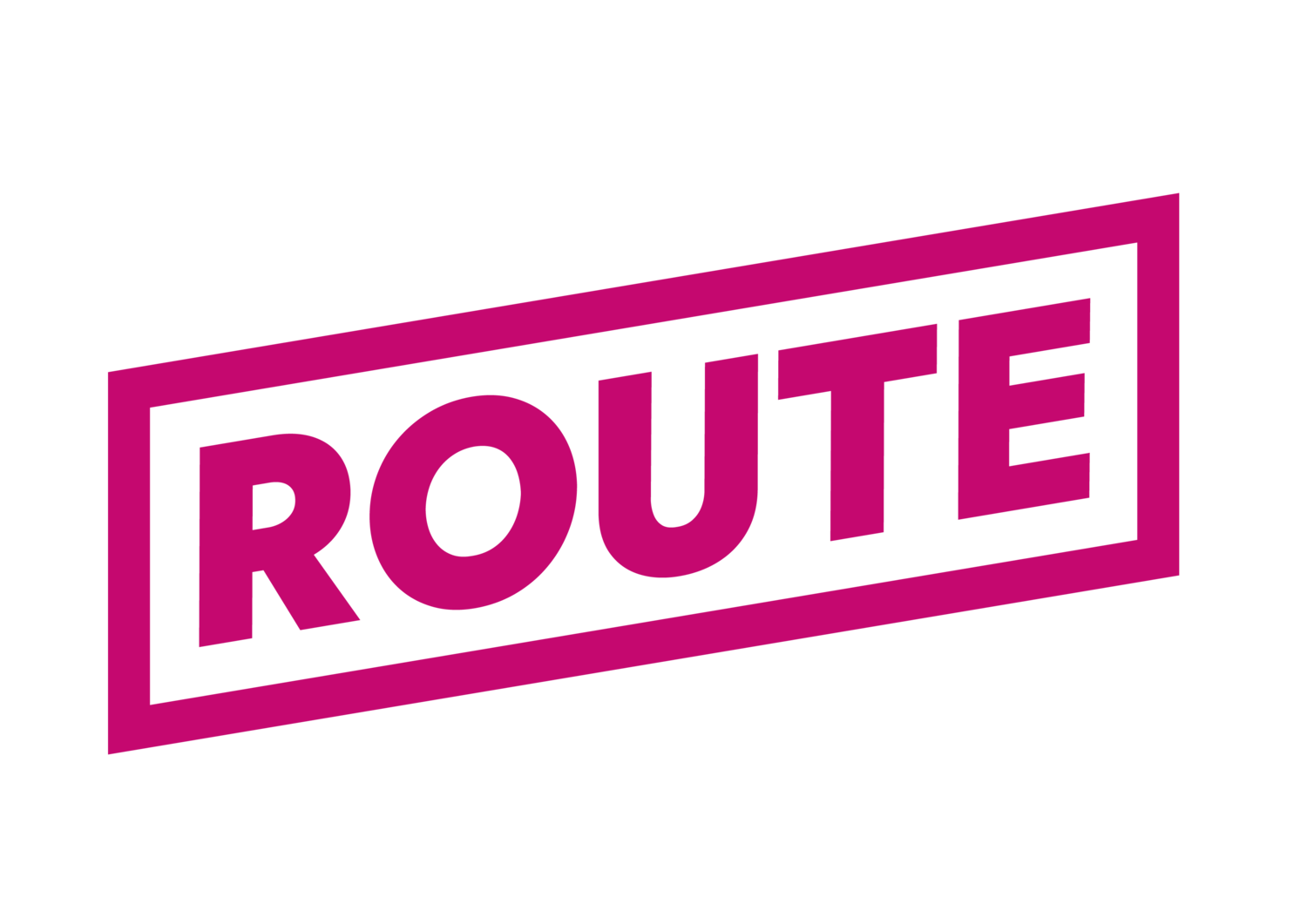Visual Attention Adjustment
Unlike other media, Route is an attention based currency, meaning that it does not operate on an ‘opportunity to see’ basis for advertising, but instead adjusts audiences based on the probability of seeing the ads which people are exposed to.
This is done through the implementation of a visibility adjustment algorithm which itself is derived from a variety of eye tracking research studies conducted over a period of 25 years+.
How is Visual Attention Research used in Route?
Eye tracking research informs Route audiences in two key ways.
It informs on the maximum distance from where ads can be seen
It informs on how likely people are to notice ads when they travel through those areas
Most recently Route has worked with Lumen Research to undertake a fresh set of attention research which feeds directly into the Route algorithm.
How the visibility adjustment is calculated
Route data is comprised of exposures to OOH ads derived when participants in the Travel Survey are present on links from where it is possible to see posters or screens from. For every recorded exposure to OOH ads, Route splits the exposure into 100 milisecond components. For every 100 miliseconds people are exposed to OOH advertising we calculate the ‘momentary hit rate’ - the likelihood of seeing the ad. To do this we account for:
The distance between the person and the centre of the ad
The offset distance between the ad and the path travelled
The visible angle between the person and each side of the ad
The bearing between the path of travel and the centre of the ad
The deflection angle between the person and the ad
Each 100 milisecond hit rate is then aggregated at a total exposure duration to give an overall exposure hit rate. This is then again aggregated for all exposures to create a total overall visibility adjustment figure which is applied to the traffic and footfall passing through the visibility area in order to generate the impact measure - those likely to have seen the advertising.
Different treatments are also applied to account for the mode of transport - those in vehicles and on foot. To account for different pedestrian behaviours - those waiting at a bus stop are treated differently to those running for a bus. The advertising size is accounted for, as is the type of ad being measured - whether it’s a poster or a screen, and whether it’s illuminated or unlit.
What this gives us
This gives us a measure that goes beyond ‘impressions’ and allows us to determine not just how many ads are displayed on OOH screens, nor a count of those exposed to the ads, but instead it is a measure of those who actually see the ads which they are exposed to.
Why is this important?
This gives advertisers the most true measure of their advertising audience. It offers transparency in terms of the audience numbers. Advertisers can have confidence in the number of people who actually see their ads, rather than have a chance to see them.
External Source: Lumen Research
Further Reading
Report: Visibility Hit Rates for Poster Panels (2008)
Report: Poster Panel Visibility for Drivers and Passengers (2013)
Report: Estimating The Visibility of Poster Panels for Pedestrians (2014)
Report: Object Visibility In Dynamic Scenes (2015)
Chart: Impressions overstate audience
Presentation: Seeing is believing



